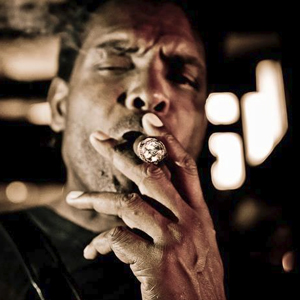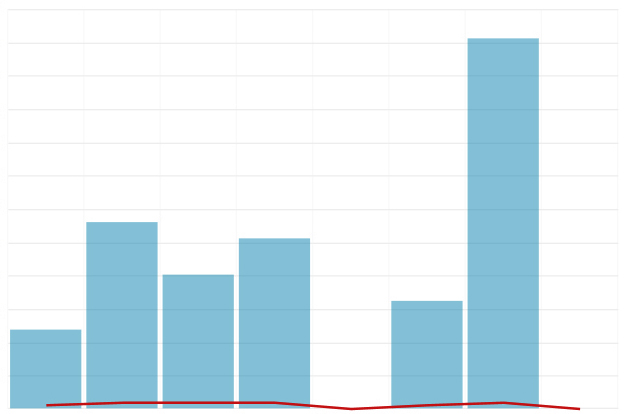 Today we welcome Willie B. Thomas, Berlin based photographer, iStock exclusive and founding member of Hinterhaus Productions. Thomas has developed a unique style telling small stories which fit perfectly into one frame. Read on to learn why doing the opposite of others will help you succeed. Enjoy!
Today we welcome Willie B. Thomas, Berlin based photographer, iStock exclusive and founding member of Hinterhaus Productions. Thomas has developed a unique style telling small stories which fit perfectly into one frame. Read on to learn why doing the opposite of others will help you succeed. Enjoy!
Tell us, where do you live and where are you from? Is that where you produce your photography?
At the moment I’m living and working in Berlin, but originally I come from Queens New York.
When did you discover your interest in photography?
In New York I attended the High School or Art and Design with plans on becoming a cartoonist, but found out all the cute girls were taking the Photography class. I guess you could blame teenage hormones for my interest in photography.
How did you find microstock and why did you get involved? Has it changed your life?
A designer friend told we about microstock 8 years ago. I was a bit hesitant about getting involved at that point because I felt the prices were too low. I also didn’t have the time to spend on creating images for stock because I was running a portrait studio. I had a few things change in my business life around 2007 and decided to give it a try. After about three years of working on my stock portfolio I was able to go full time producing stock images.
Thank you for image! What inspired you to take this picture?
This image was done with Hinterhaus Productions which is a team of photographers working together to produce stock images. I created this image because I just couldn’t stand looking at another business meeting image with a group of suits sitting around a table.
What does this image’s revenue chart tell you?
The revenue chart tells me while this is not a typical business image, non-standard images in the right collections do have a market and there are buyers willing to pay more.
Did you expect such a revenue chart? Are you happy with it?
I kind of expect this to be a low selling image, but I’m very happy with the RPD on this image. I’m guessing this image will make somewhere in the range of $2000- $4000 over its lifetime.
The microstock market is huge. How do you analyse the market? Is it an important part of your workflow?
Analyzing the market is part of the business. I’m also on the lookout for new visual trends in the market. Some of the ways I analyze the market is by studying new magazine and films to help identify new trends. I also use tools like Stock Performer to analyze trends in my portfolio.
Do you believe in “quantity” or “quality”? What is most important for you and why?
Well I play the game both ways. With an over saturated market I think quality is the way to go.
What does your typical production process look like?
Over the last year I’ve been working with Hinterhaus Productions so all my recent shoots have been a team effort. A typical production starts with a brainstorming session and is then broken down into tasks for each member of the team. Since each member is in a different city or part of the city, most coordination is done using Google + hangouts. Over the year we have been able to put together a good system and can now plan and coordinate a shoot in a very short time.
Would you recommend photographers to take risks and invest in employees or assistants, or outsource, to help them in their production process?
You have some people like Superman Sean Locke who seems to be able to do everything by themselves, but I think most photographers would benefit from investing in assistants or outsourcing part of their work-flow. If you go down this road it’s important to still keep your cost low and that’s where working in a team can help by splitting the cost between team members.
Where do you think the stock photography business is going? How do you see the next years?
Stock photography has been around for a long time so I don’t think it will be going away. In the next few years I think we’ll see more smaller agencies that have tighter collections with smaller groups of photographers.
What is your advice to remain a successful stock photographer in upcoming years?
Do the opposite of what others are doing, and create your own style of image. Look for agencies that give you the highest return per image.
Tell us, when you are not doing photography, how do you relax and enjoy your free time?
Photography is relax, but when I need to really get away from it an Arduino or bike building project helps.
Disclaimer: Luis, co-founder of Stock Performer, is also a part of Hinterhaus Productions and asked Thomas if he wanted to be part of this series.

